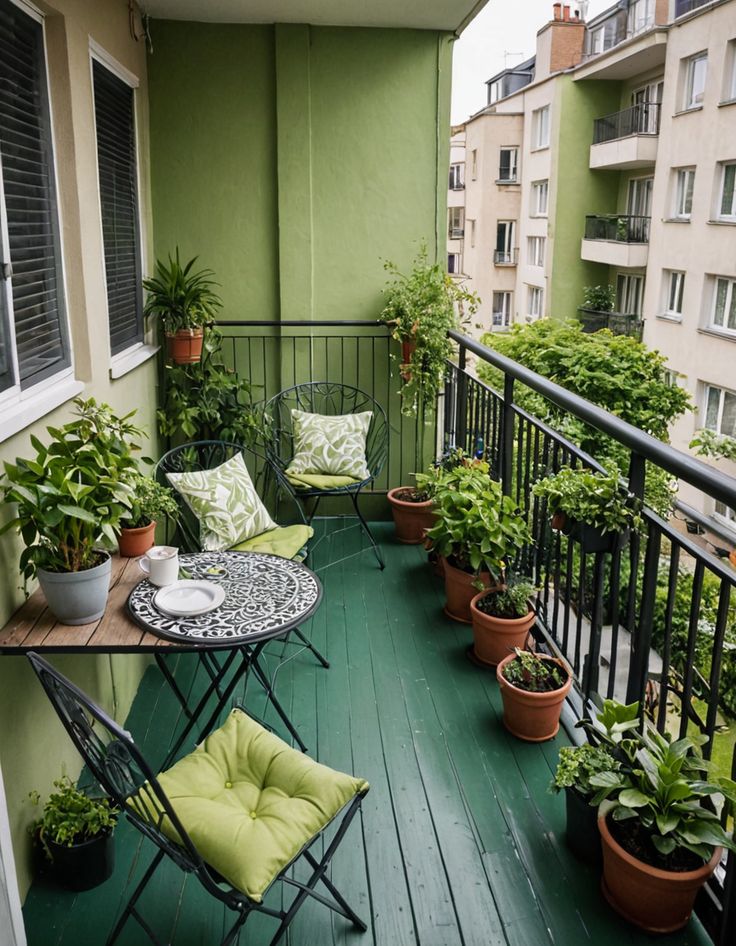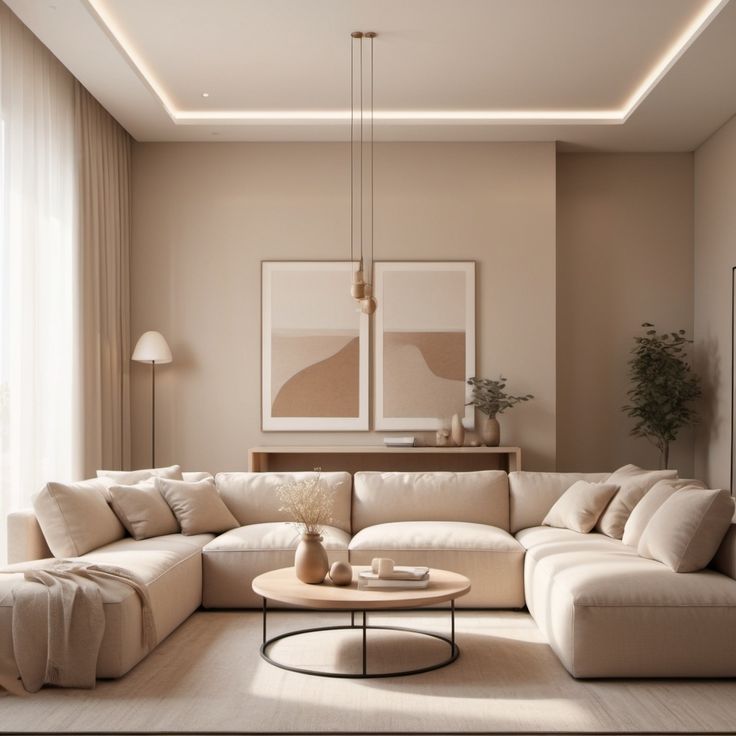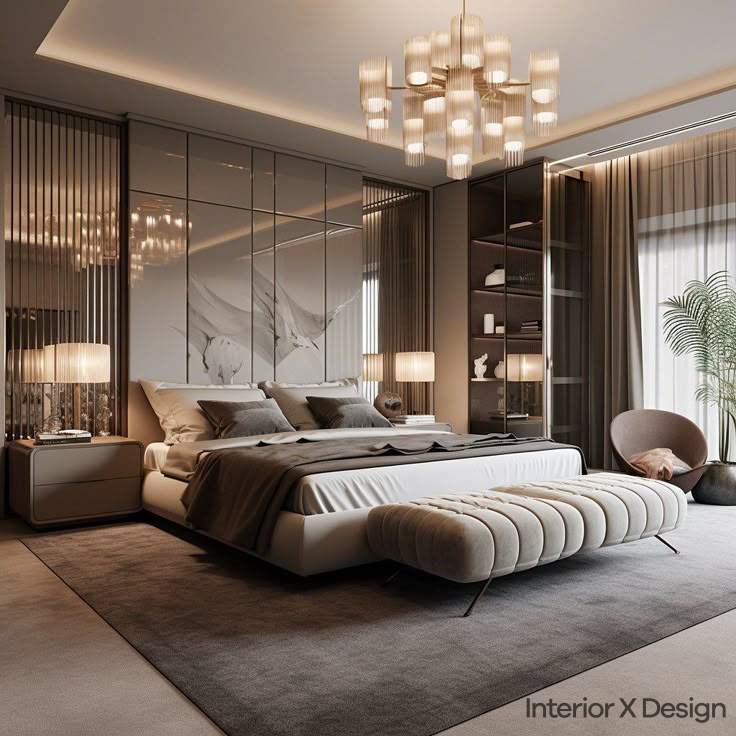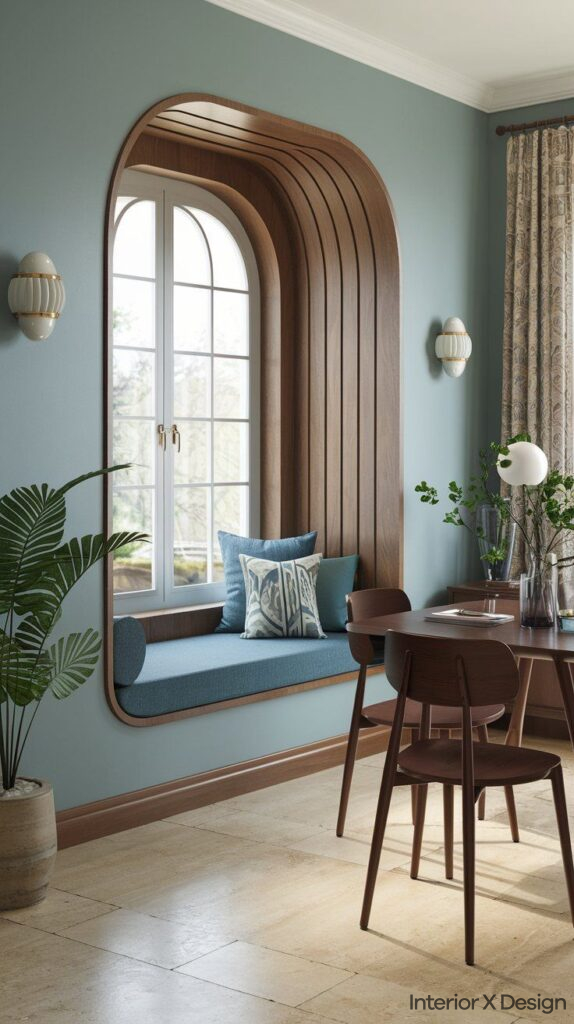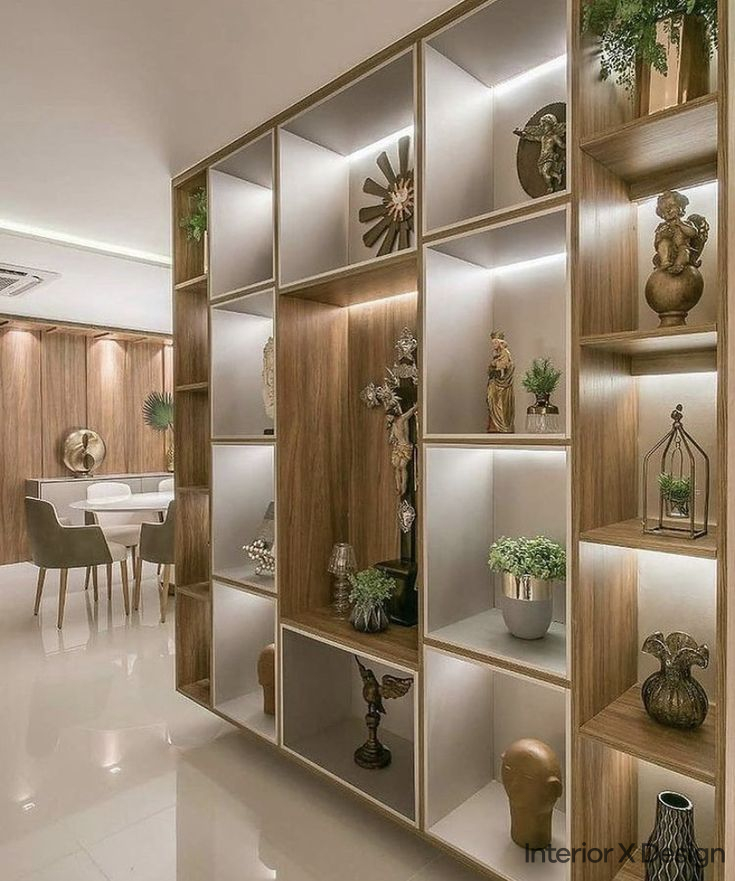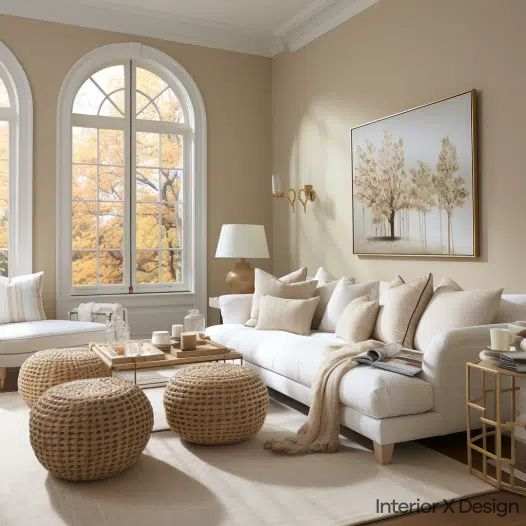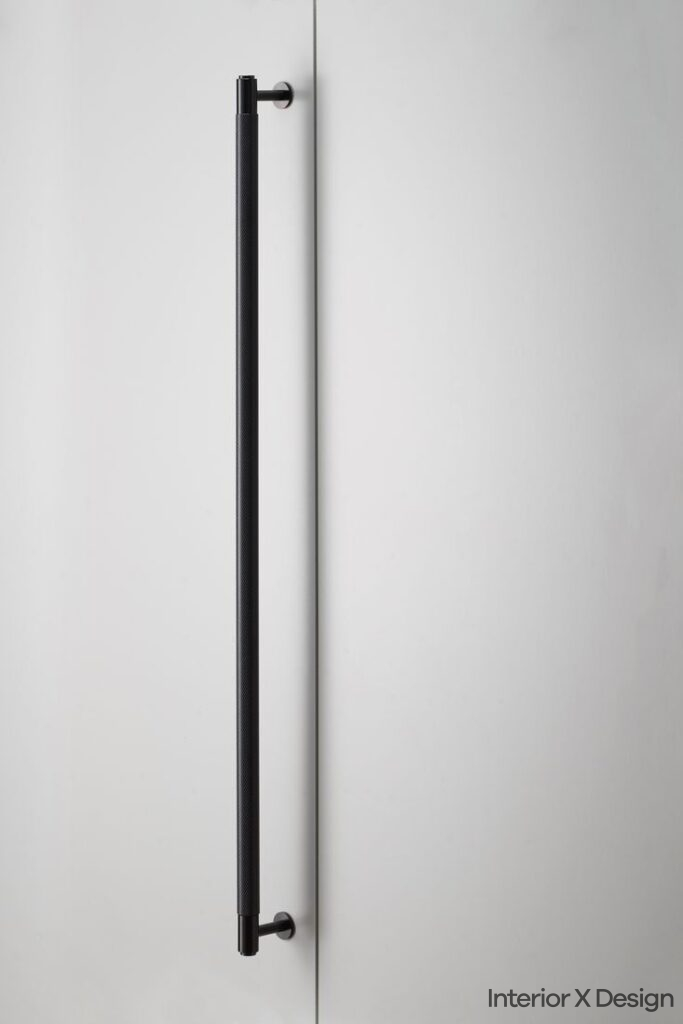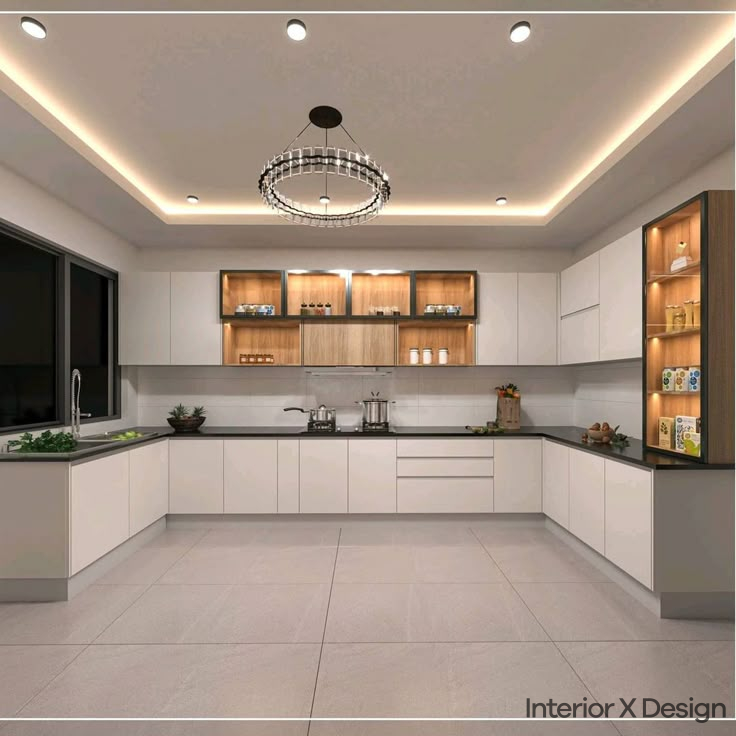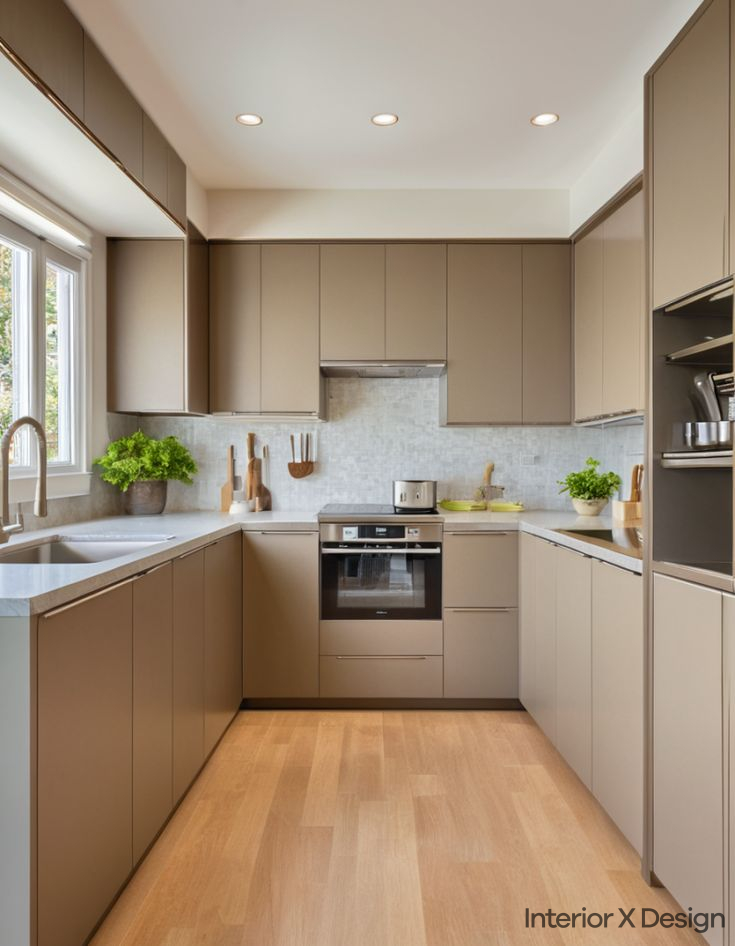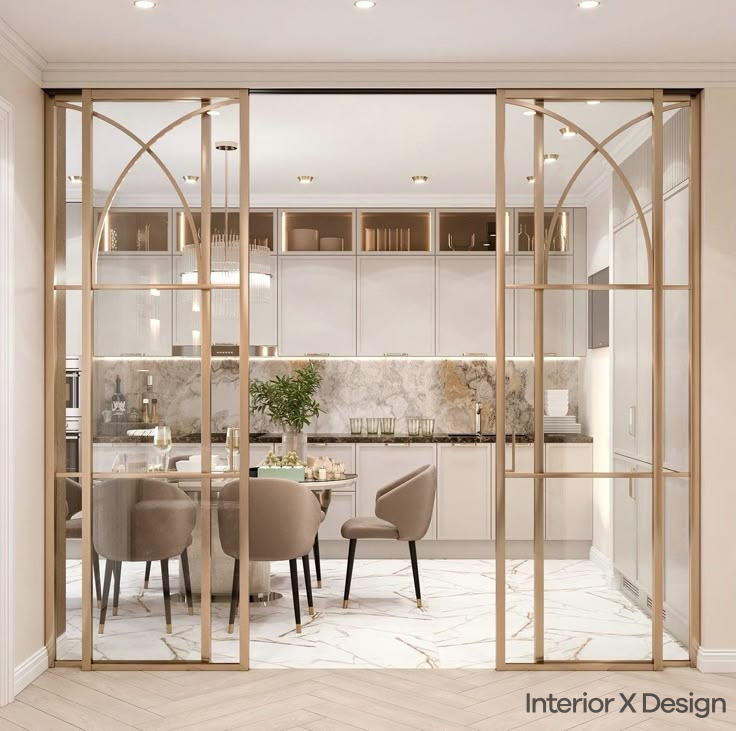Contemporary interior design is all about creating sleek, stylish spaces that are both aesthetically pleasing and highly functional. This modern design style emphasizes clean lines, neutral colors, natural materials, and a seamless blending of form and function. By focusing on minimalism and simplicity, contemporary design creates serene yet sophisticated interiors that embody modern luxury.
In this blog post, we’ll explore the key elements of contemporary interior design and offer tips for incorporating this chic style into your home. From furniture and color palettes to layout and accessories, we’ll cover the essentials for achieving the contemporary look while keeping your space inviting and comfortable. We’ll also share expert advice from Interior X Design to help you transform your space into a modern masterpiece.
What is Contemporary Interior Design?
Contemporary interior design is a sleek and refined style defined by clean lines, neutral tones, and a seamless flow between indoor and outdoor spaces. Emerging as an offshoot of modern design in the late 20th century, it remains a popular style today.
At its core, contemporary design embraces minimalism, avoiding clutter and ornamentation in favor of an airy, simplistic aesthetic. The look relies heavily on neutral colors like white, gray, and black, paired with ample natural light and polished surfaces such as stone, glass, and metal.
While contemporary design is minimalist, it incorporates organic textures and warm, natural materials to ensure spaces feel inviting rather than stark or cold. This balance creates a sophisticated look that feels both modern and livable.
For further insights into this style, visit Contemporary Interior Design: Sleek and Modern Comfort Ideas.
History of Contemporary Interior Design
Contemporary design grew out of the modernist movement of the early to mid-20th century, which rejected the ornate styles of the past and embraced industrial materials and simplified forms. By the 1960s and 1970s, postmodernism emerged, adding more colors, textures, and historical references to modernist ideals. Contemporary design evolved from this shift, combining modernism’s streamlined aesthetic with a softer, more approachable feel.
Iconic designers such as Poliform, Knoll, Herman Miller, and IKEA brought contemporary ideals to the forefront with sleek, modular furniture. Pieces like the Barcelona chair and Eames lounge chair remain hallmarks of the style.
Today, contemporary design continues to adapt while maintaining its commitment to clean lines, simplicity, and functionality.
For inspiration on blending historical influences with modern design, explore Traditional Interior Design: Master the Art of Timeless Décor.
Key Elements of Contemporary Interior Design
1. Clean Lines
Straight, crisp lines and geometric shapes define contemporary interiors. Furniture and decor feature angular or gently curved forms, avoiding heavy or intricate detailing.
2. Neutral Color Palette
Neutral tones like white, gray, black, beige, and earth tones dominate contemporary spaces. Vibrant colors are used sparingly as accents.
3. Natural Materials
Materials such as wood, stone, metal, concrete, and glass provide texture and warmth. Finishes are often matte or brushed rather than highly polished.
4. Minimalist Aesthetic
Clutter and excessive ornamentation are avoided. Negative space plays an essential role in achieving a balanced, harmonious design.
5. Indoor-Outdoor Connection
Large windows, glass doors, and outdoor living areas blur the boundaries between indoors and outdoors, creating a cohesive environment.
6. Multifunctional Furniture
Pieces like storage ottomans, modular sofas, and extendable tables enhance functionality while maintaining a minimalist look.
7. Modern Art and Accessories
Contemporary spaces are enhanced with large-scale abstract art, geometric rugs, and unique lighting fixtures.
For more ideas on incorporating natural elements, check out Scandinavian Interior Design: Tips for a Calm, Bright Home.
How to Incorporate Contemporary Style
Focus on Clean Lines
Select low-profile furniture with angular or gently curved shapes. Avoid ornate designs or heavy carvings.
Stick to Neutral Colors
Opt for whites, grays, blacks, and earth tones for a cohesive look. Add pops of color with throw pillows, rugs, or art.
Use Natural Materials
Incorporate wood, stone, and concrete for texture. Metals like stainless steel and antique brass add a sleek edge.
Maximize Natural Light
Install large windows, glass walls, or skylights to enhance brightness. Sheer curtains filter light while maintaining openness.
Minimize Clutter
Keep surfaces clean and use storage solutions to hide excess items. Focus on one or two statement pieces per room.
Play with Geometry
Add visual interest with uniquely shaped furniture or decor, such as trapezoid coffee tables or asymmetrical shelving units.
Incorporate Multifunctional Furniture
Choose furniture that combines form and function, like a sofa with built-in storage or a dining table with extendable leaves.
Add Modern Art
Large abstract pieces or bold graphic prints bring life to contemporary walls. Look for art with neutral or monochromatic palettes.
For lighting ideas that complement contemporary spaces, explore Interior Lighting Design: How to Use Strategic Lighting Layers.
Best Practices for Contemporary Interior Design
- Stick to neutral palettes for walls and furniture.
- Highlight natural materials and textures.
- Maximize natural light with large windows and open layouts.
- Use minimal ornamentation and keep decor simple.
- Incorporate large-scale contemporary art or bold geometric patterns.
- Blur the indoor-outdoor divide with glass walls and outdoor spaces.
- Choose furniture with sleek lines and multifunctional features.
- Add warmth with wood, leather, and textured textiles.
For an eclectic twist on contemporary style, consider blending elements from Bohemian Interior Design Ideas.
Conclusion
With its clean lines, neutral tones, and nature-inspired materials, contemporary interior design creates spaces that are both sleek and inviting. By focusing on minimalism and a seamless indoor-outdoor connection, this sophisticated style offers a refreshing take on modern living.
Follow our guide to the key elements and expert tips from Interior X Design to create showstopping contemporary interiors. Focus on clean lines, natural light, and raw materials to achieve a serene, functional, and stylish space. Whether you’re revamping a single room or an entire home, contemporary design makes it easy to combine form and function in a visually stunning way.



